Growing Carrots at Home might seem daunting, conjuring images of vast fields and professional farmers. But what if I told you that plump, juicy carrots, bursting with flavor, are within your reach, even if you only have a small balcony or a sunny windowsill? Forget those bland, store-bought carrots – imagine the satisfaction of harvesting your own, knowing exactly where they came from and how they were grown!
Carrots have a rich history, dating back thousands of years. Originally cultivated for their aromatic leaves and seeds, the vibrant orange root we know and love today is a relatively recent development, popularized in the Netherlands in the 17th century. From ancient medicinal uses to modern culinary delights, carrots have always held a special place in our diets.
But why bother with the effort of growing your own? In today’s world, where convenience often trumps quality, taking control of your food source is more important than ever. Growing Carrots at Home allows you to bypass pesticides, reduce your carbon footprint, and enjoy a taste that’s simply unmatched. Plus, it’s incredibly rewarding! This DIY guide will provide you with simple, effective tricks and hacks to ensure a bountiful carrot harvest, no matter your experience level. So, grab your gardening gloves, and let’s get started on this exciting journey to homegrown goodness!
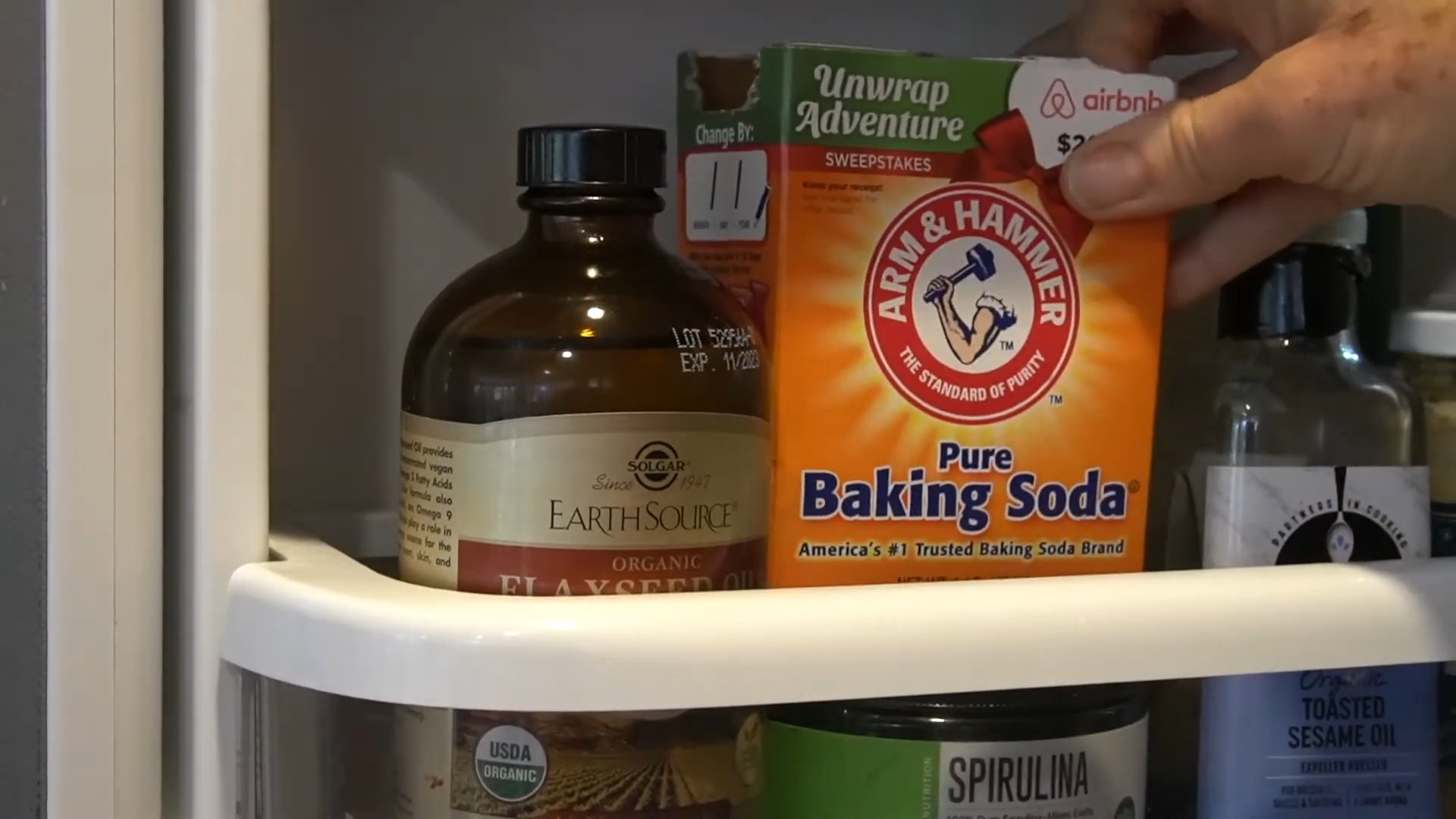
Growing Carrots at Home: A Beginner’s Guide to Crunchy Success
Hey there, fellow gardening enthusiasts! I’m so excited to share my experience and tips on growing carrots right in your own backyard (or even in containers!). Carrots are a fantastic addition to any garden – they’re delicious, nutritious, and surprisingly easy to grow once you get the hang of it. Let’s dive in!
Choosing the Right Carrot Variety
First things first, let’s talk about carrot varieties. You might think all carrots are the same, but there’s a whole world of shapes, sizes, and colors out there! Choosing the right variety for your space and climate is crucial.
* Nantes: These are my personal favorites! They’re cylindrical, sweet, and mature relatively quickly. They’re also less prone to forking in heavy soil.
* Danvers: These are the classic, tapered carrots you often see in the grocery store. They’re a good all-around choice and tolerate heavier soils better than some other varieties.
* Chantenay: These are short, stubby carrots that are great for shallow or rocky soils. They’re also known for their strong flavor.
* Imperator: These are the long, slender carrots you often see in pre-packaged baby carrots. They require loose, well-drained soil to grow properly.
* Round Carrots (Parisian): These are adorable little round carrots that are perfect for containers or for growing in heavy clay soil.
Consider your soil type, growing season length, and personal preferences when making your choice. I usually opt for Nantes and Chantenay because my garden soil isn’t the most forgiving.
Preparing Your Carrot Bed
Carrots need loose, well-drained soil to thrive. Rocky or compacted soil will lead to stunted, forked, and generally unhappy carrots. This is probably the most important step!
* Soil Testing: Before you even think about planting, it’s a good idea to get your soil tested. This will tell you the pH level and nutrient content, allowing you to amend it accordingly. Carrots prefer a slightly acidic soil pH of 6.0 to 6.8.
* Clearing the Area: Remove any rocks, sticks, roots, or other debris from the planting area. Even small stones can cause carrots to split or fork.
* Tilling or Digging: Loosen the soil to a depth of at least 12 inches. This will allow the carrot roots to grow freely. I use a garden fork to turn the soil and break up any clumps.
* Amending the Soil: Carrots benefit from added organic matter. Incorporate compost, well-rotted manure, or other organic amendments into the soil. Avoid using fresh manure, as it can cause forking.
* Creating Raised Beds (Optional): If you have heavy clay soil, consider creating raised beds. This will improve drainage and provide a better growing environment for your carrots.
Planting Carrot Seeds
Carrot seeds are tiny, so planting them can be a bit tricky. But don’t worry, I’ll walk you through it.
1. Timing is Key: Carrots are a cool-season crop, so plant them in early spring or late summer for a fall harvest. Check your local frost dates to determine the best planting time for your area. I usually plant my spring carrots about 2-3 weeks before the last expected frost.
2. Creating Furrows: Use a hoe or your finger to create shallow furrows in the soil, about 1/4 to 1/2 inch deep and 1-2 inches apart.
3. Sowing the Seeds: Sprinkle the carrot seeds thinly along the furrows. This is the trickiest part! Carrot seeds are notoriously small and difficult to space evenly. Don’t worry too much if you over-sow; you can always thin them later.
4. Covering the Seeds: Gently cover the seeds with a thin layer of soil or fine sand.
5. Watering: Water the area thoroughly but gently, using a watering can or a hose with a gentle spray nozzle. Keep the soil consistently moist until the seeds germinate.
6. Marking the Rows: Label your rows with the carrot variety and planting date. This will help you keep track of what you’ve planted and when to expect a harvest.
Caring for Your Carrot Plants
Once your carrot seeds have germinated, it’s time to focus on providing them with the care they need to thrive.
1. Thinning: This is crucial! Once the seedlings are about 2 inches tall, thin them to about 1-2 inches apart. This will give the remaining carrots enough space to develop properly. Don’t be afraid to pull out extra seedlings – it’s better to have fewer, larger carrots than a crowded patch of small ones. I know it feels wasteful, but trust me on this one!
2. Watering: Carrots need consistent moisture to grow well. Water deeply and regularly, especially during dry periods. Avoid letting the soil dry out completely, as this can cause the carrots to crack.
3. Weeding: Keep the area around your carrot plants free of weeds. Weeds compete with carrots for nutrients and water, and they can also attract pests. Gently hand-pull weeds, being careful not to disturb the carrot roots.
4. Fertilizing: Carrots don’t need a lot of fertilizer, but a light feeding of a balanced fertilizer can help them grow. I usually use a liquid seaweed fertilizer diluted according to the package instructions. Avoid using fertilizers that are high in nitrogen, as this can promote leafy growth at the expense of root development.
5. Mulching: Apply a layer of mulch around your carrot plants to help retain moisture, suppress weeds, and regulate soil temperature. Straw, hay, or shredded leaves are all good options.
Dealing with Pests and Diseases
Carrots are generally pest-resistant, but there are a few common problems to watch out for.
* Carrot Rust Flies: These pests lay their eggs near the base of carrot plants, and the larvae burrow into the roots, causing them to become riddled with tunnels. To prevent carrot rust flies, cover your carrot bed with a row cover or insect netting. You can also try companion planting with onions or garlic, which are said to repel the flies.
* Nematodes: These microscopic worms can damage carrot roots, causing them to become stunted and deformed. To prevent nematodes, practice crop rotation and incorporate organic matter into the soil.
* Leaf Spot Diseases: These fungal diseases can cause spots to appear on the carrot leaves. To prevent leaf spot diseases, provide good air circulation around your plants and avoid overhead watering. If you notice signs of disease, remove the affected leaves and treat the plants with a fungicide.
Harvesting Your Carrots
The moment you’ve been waiting for! Knowing when to harvest your carrots is key to enjoying their best flavor and texture.
1. Check the Maturity Date: The seed packet will tell you the approximate number of days to maturity for your carrot variety. This is a good starting point, but it’s not always accurate, as growing conditions can affect the maturity time.
2. Look for Size: Gently brush away the soil around the base of the carrot to check its size. Carrots are usually ready to harvest when they reach the size specified on the seed packet.
3. Test a Carrot: If you’re unsure, pull up a test carrot to see if it’s ready. If it’s the right size and color, and it tastes good, then it’s time to harvest the rest.
4. Harvesting: To harvest carrots, gently loosen the soil around the base of the plant with a garden fork or trowel. Then, grasp the carrot by the greens and pull it straight up. If the carrot is difficult to pull, try wiggling it back and forth to loosen it further.
5. Storing: After harvesting, remove the greens from the carrots, leaving about 1/2 inch of stem. Wash the carrots and dry them thoroughly. Store them in the refrigerator in a plastic bag or container. Carrots can also be stored in a root cellar or buried in sand.
Troubleshooting Common Carrot Problems
Even with the best care, you might encounter some problems along the way. Here are a few common issues and how to address them:
* Forked Carrots: This is usually caused by rocky or compacted soil. Make sure to prepare your soil properly before planting.
* Stunted Carrots: This can be caused by poor soil, lack of water, or pests. Make sure to provide your carrots with the right growing conditions and protect them from pests.
* Cracked Carrots: This is usually caused by inconsistent watering. Water deeply and regularly, especially during dry periods.
* Bitter Carrots: This can be caused by hot weather or lack of water. Carrots prefer cool weather and consistent moisture.
Enjoying Your Homegrown Carrots
Congratulations! You’ve successfully grown your own carrots
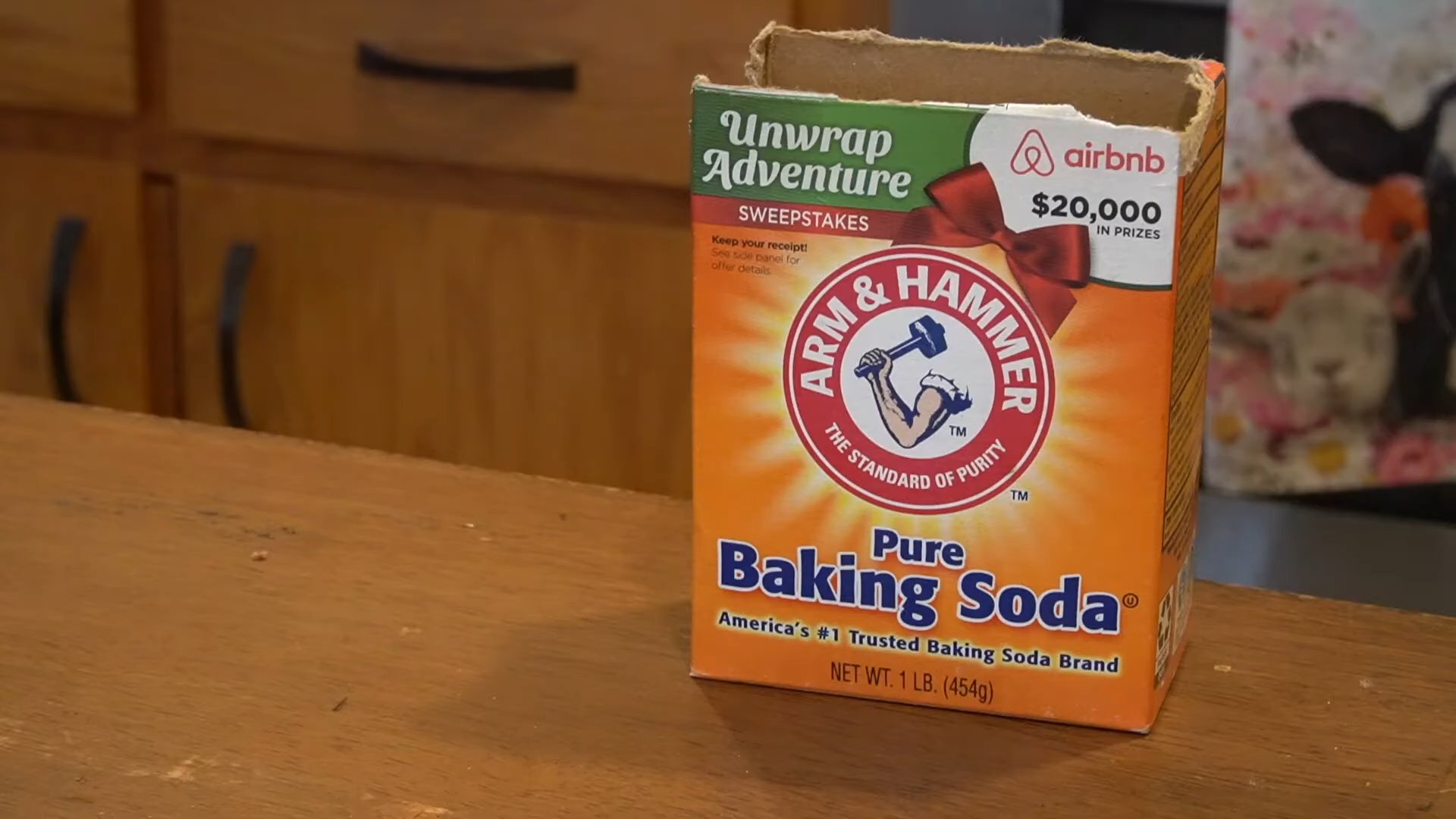
Conclusion
So, there you have it! Growing carrots at home isn’t just about saving money; it’s about experiencing the unparalleled joy of nurturing something from seed to table. It’s about biting into a carrot bursting with flavor, a flavor that store-bought varieties simply can’t replicate. It’s about connecting with nature, even in a small way, and understanding the process that brings food to our plates.
This DIY trick, focusing on optimal soil preparation and consistent watering, is a game-changer for anyone who’s struggled with stunted, forked, or otherwise disappointing carrots in the past. The key is understanding that carrots need loose, well-drained soil to thrive. By amending your soil with compost and sand, you’re creating the perfect environment for those roots to grow long and straight. And remember, consistent moisture is crucial, especially during germination.
But don’t feel limited to just the basics! Feel free to experiment with different carrot varieties. Nantes are classic and reliable, but consider trying Rainbow carrots for a vibrant mix of colors, or Chantenay carrots if you have slightly heavier soil. You can also try succession planting, sowing seeds every few weeks, to ensure a continuous harvest throughout the growing season. Another variation is to interplant your carrots with companion plants like onions or marigolds, which can help deter pests.
This method truly unlocks the potential for a bountiful carrot harvest, even in less-than-ideal conditions. It’s a simple, effective, and rewarding way to enjoy fresh, delicious carrots straight from your own backyard.
We wholeheartedly encourage you to give this DIY trick a try. Don’t be intimidated if you’re a beginner gardener; carrots are surprisingly resilient, and the satisfaction of harvesting your own is well worth the effort. And once you’ve experienced the difference that proper soil preparation and consistent watering can make, you’ll never look at store-bought carrots the same way again.
Most importantly, we want to hear about your experiences! Share your photos, tips, and triumphs (and even your challenges!) in the comments below. Let’s build a community of carrot-growing enthusiasts and learn from each other. Did you try a different variety? Did you find a particularly effective companion plant? What challenges did you face, and how did you overcome them? Your insights can help other gardeners achieve their carrot-growing dreams. So, get your hands dirty, plant those seeds, and get ready to enjoy the sweet taste of success! Happy gardening!
Frequently Asked Questions (FAQ)
What kind of soil is best for growing carrots?
The ideal soil for growing carrots is loose, well-drained, and sandy loam. Carrots need to be able to push their roots easily through the soil, so heavy clay or compacted soil will result in stunted or misshapen carrots. Amending your soil with plenty of compost and sand is crucial for creating the right texture. Avoid adding too much nitrogen-rich fertilizer, as this can encourage leafy growth at the expense of root development. A soil pH between 6.0 and 6.8 is optimal.
How often should I water my carrots?
Consistent watering is essential, especially during germination and early growth. Keep the soil consistently moist, but not waterlogged. Aim for about 1 inch of water per week, either through rainfall or irrigation. Use a watering can or soaker hose to avoid disturbing the delicate seedlings. Once the carrots are established, you can water them less frequently, but be sure to check the soil moisture regularly, especially during hot, dry weather. Uneven watering can lead to cracked or split carrots.
When is the best time to plant carrots?
Carrots are a cool-season crop, so the best time to plant them is in early spring or late summer/early fall. For a spring crop, sow seeds 2-3 weeks before the last expected frost. For a fall crop, sow seeds 10-12 weeks before the first expected frost. In warmer climates, you can grow carrots throughout the winter. Check your local planting calendar for specific dates based on your region’s climate.
Why are my carrots forked or misshapen?
Forked or misshapen carrots are usually caused by obstacles in the soil, such as rocks, clumps of clay, or undecomposed organic matter. These obstacles prevent the carrot root from growing straight, causing it to split or fork. To prevent this, make sure to thoroughly prepare your soil by removing any rocks or debris and amending it with plenty of compost and sand. Another cause can be nematode infestation, so consider soil testing if the problem persists.
How long does it take for carrots to grow?
Carrots typically take 60-80 days to mature, depending on the variety and growing conditions. Check the seed packet for specific maturity dates. You can start harvesting baby carrots as early as 50 days. To check if your carrots are ready to harvest, gently brush away the soil around the top of the carrot to see its size.
What are some common carrot pests and diseases?
Common carrot pests include carrot rust flies, aphids, and nematodes. Carrot rust flies lay their eggs near the base of the plants, and the larvae tunnel into the roots, causing damage. Aphids suck the sap from the leaves, weakening the plants. Nematodes are microscopic worms that live in the soil and feed on the roots. Common carrot diseases include leaf blight and powdery mildew. To prevent pests and diseases, practice good garden hygiene, such as removing weeds and debris, and rotate your crops each year. You can also use organic pest control methods, such as insecticidal soap or neem oil.
Can I grow carrots in containers?
Yes, you can grow carrots in containers, but you’ll need to choose a container that is at least 12 inches deep to accommodate the long roots. Use a well-draining potting mix and water regularly. Container-grown carrots may need more frequent watering than those grown in the ground. Choose shorter, rounder carrot varieties, such as ‘Thumbelina’ or ‘Paris Market’, which are better suited for container growing.
How do I store carrots after harvesting?
To store carrots after harvesting, remove the green tops and gently brush off any excess soil. Do not wash them unless you plan to use them immediately. Store the carrots in a cool, dark, and humid place, such as the refrigerator crisper drawer or a root cellar. You can also store them in a container filled with damp sand or sawdust. Properly stored carrots can last for several months.
What are some good companion plants for carrots?
Good companion plants for carrots include onions, garlic, leeks, rosemary, sage, and marigolds. Onions and garlic help to deter carrot rust flies, while rosemary and sage repel other pests. Marigolds attract beneficial insects that prey on carrot pests. Avoid planting carrots near dill or fennel, as these can attract aphids.
How deep should I plant carrot seeds?
Plant carrot seeds about ¼ to ½ inch deep. Because carrot seeds are small, it’s important to keep the soil consistently moist during germination. You can cover the seedbed with a piece of burlap or shade cloth to help retain moisture. Remove the covering once the seedlings emerge. Thin the seedlings to 1-2 inches apart once they are a few inches tall.
What if my carrots are bitter?
Carrots can sometimes taste bitter, especially if they are grown in hot weather or if they are not watered consistently. Bitterness can also be caused by a compound called isocoumarin, which is produced when carrots are stressed. To prevent bitterness, choose carrot varieties that are known for their sweetness, water them regularly, and harvest them before they get too large.


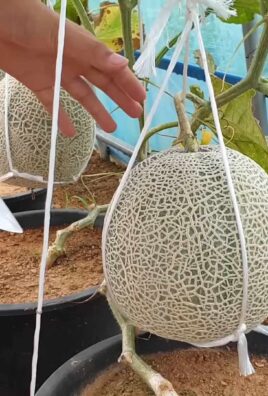
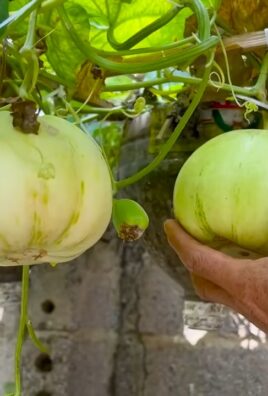
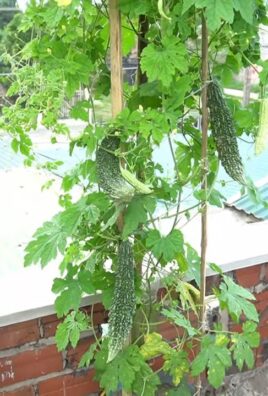
Leave a Comment